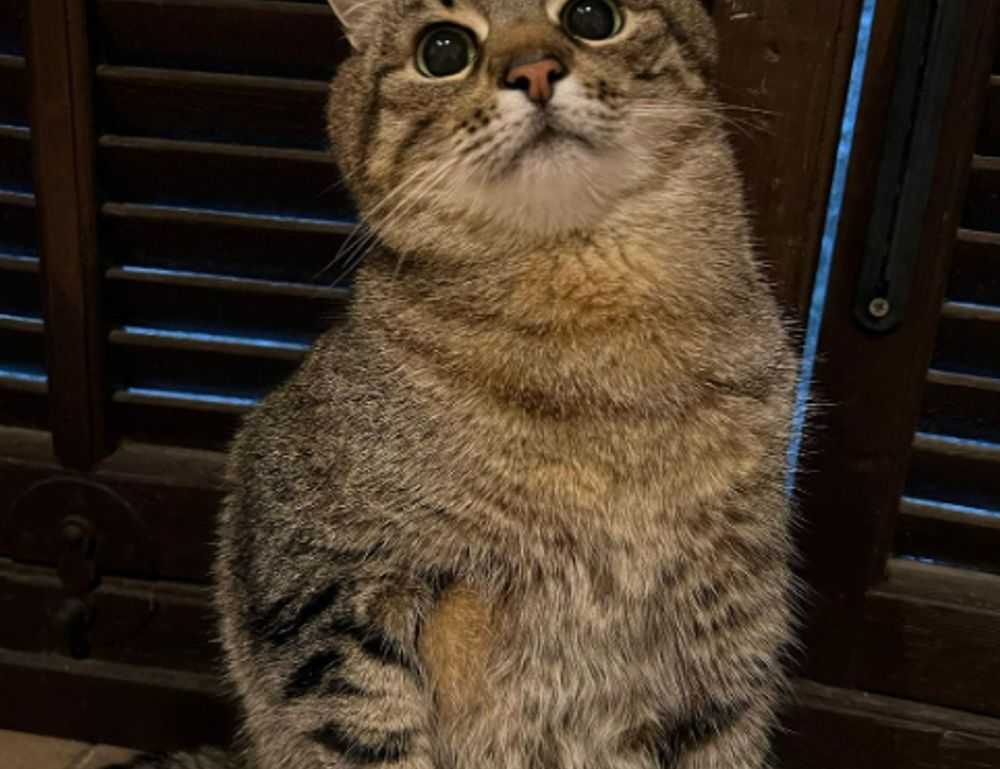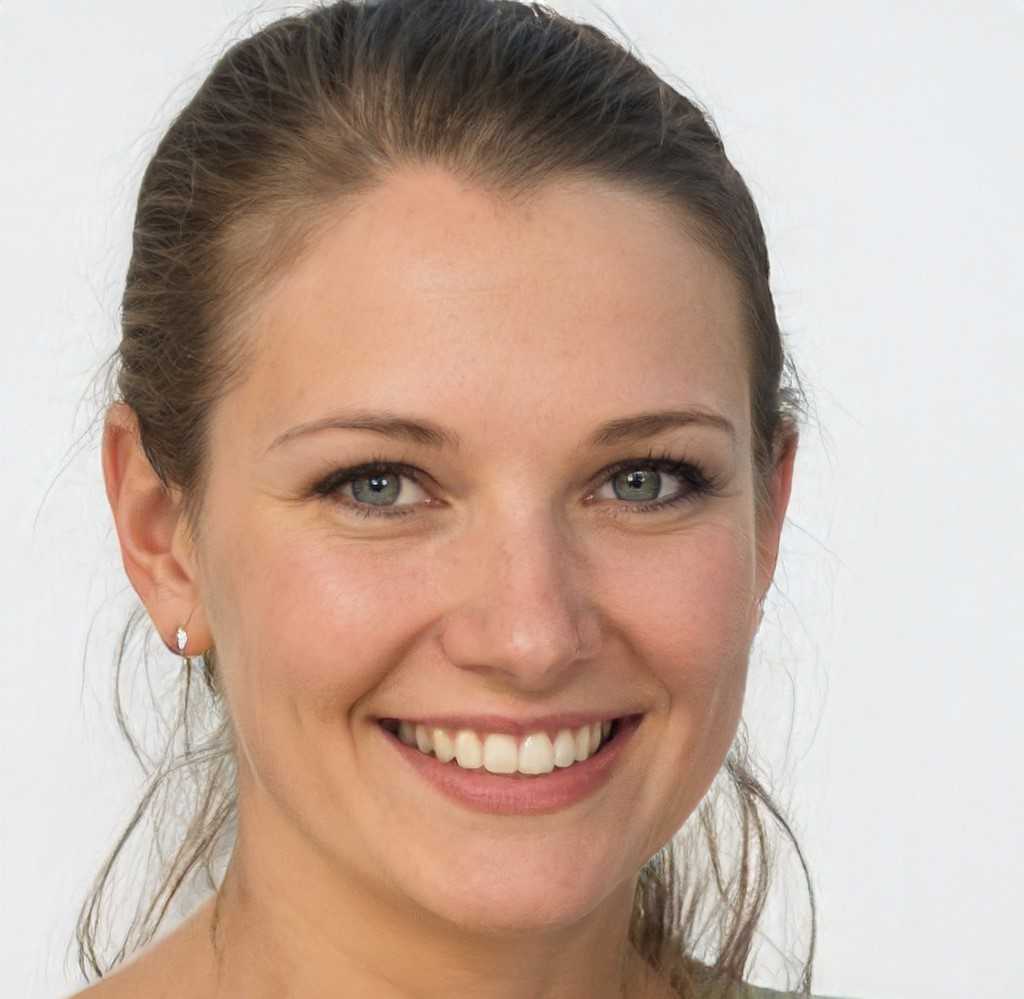What Is 2152673938?
The number 2152673938 appears to be from the 215 area code, which is tied to Philadelphia, PA. On the surface, this just links it geographically. But in today’s age of VoIP services, caller ID spoofing, and robocalls, a local area code does not mean local intent. Scammers bank on familiarity—they mimic area codes close to the target to increase the chances of picking up.
This number could be tied to a business, a telemarketer, or a robocall campaign. Unfortunately, without a proper reverse lookup or verification, it’s hard to tell just based on the digits themselves. Multiple users online have reported different stories: automated messages about car warranties, silent calls, or someone claiming to be from a service provider.
Why Unknown Numbers Still Matter
Many people ignore unknown numbers, especially if they don’t leave a message. Smart move—most of the time. But if a specific number calls repeatedly, or if you’ve got reason to believe it’s important, even “just another” unknown number deserves attention. The repetition of 2152673938 might hint at something more than randomness.
For businesses, one missed legitimate call might mean lost opportunities. For individuals, it could mean missing notices from banks, deliveries, or needed followups. The trick is balancing caution with action.
Identifying the Source
There are a few practical steps to dig into the source of a number:
Use a reverse phone number lookup tool. Websites like Whitepages, Truecaller, or Spokeo might associate a name or business with the number. Search the exact number online. Forums, complaint boards, or databases often have usergenerated reports on fishy numbers like 2152673938. Use call control apps. Apps like Hiya or RoboKiller filter known spam or unsolicited numbers. Ask your network. Sometimes it’s as simple as shooting a text to a friend or coworker to verify if they tried calling on another phone.
What to Do If It’s Spam or Scam
So let’s say the number wasn’t familiar, you looked it up, and now it’s raising red flags. Here’s your play:
- Don’t answer repeated unknown calls. If it’s important, they’ll leave a message.
- Block the number. This takes all of two seconds and saves you time moving forward.
- Report it. The FCC and FTC both have forms to report unwanted calls. While it might not stop all calls, higher volumes of complaints get noticed.
- Educate your circle. These scams adapt fast. Sharing what you found with family, especially older folks, can help someone else dodge a fake IRS rep or phony tech support claim.
When It’s Worth Calling Back
Sometimes it’s a legit call. Doctors’ offices, schools, delivery companies—many use thirdparty call services with numbers you won’t recognize. If there’s a message, or context clues (upcoming appointments, orders in transit), it’s safe to return the call.
Best practice? Use a different phone or block your caller ID if you really want to be careful when making the return call.
LongTerm Fixes
If robocalls have become routine and you’re seeing numbers like 2152673938 more often, it’s time for a broader solution:
Register your number on the National Do Not Call list. It won’t stop every junk call, but it draws a line telemarketers aren’t legally supposed to cross. Switch carriers or upgrade your voicemail settings. Some carriers have aggressive spam filtering built into their networks. Use verified numbers for important business. When customers trust a specific caller ID, they’re more likely to answer—and you reduce the friction caused by unknown calls.
The Bottom Line on 2152673938
Whether it’s a robocall, a misdial, or something in between, 2152673938 is just one part of a bigger pattern. Unknown numbers are frustrating at best and dangerous at worst. You don’t need to panic—but you should stay alert.
And if you’re tired of the guessing game, remember: smart filters, quick investigations, and a mix of skepticism and tech tools are your best defense. The next time this number pops up—or any number that doesn’t sit right—you’ll know what to do.


 Bianca Laura – A forward-thinking writer with a passion for emerging trends, Bianca focuses on the intersection of technology and betting. Her expertise lies in identifying new opportunities in the world of sports and casino betting, including the rise of mobile platforms, e-sports betting, and artificial intelligence in gambling. Bianca’s articles not only highlight current trends but also offer predictions about where the industry is headed, making her insights invaluable for bettors looking to stay ahead in a fast-paced market.
Bianca Laura – A forward-thinking writer with a passion for emerging trends, Bianca focuses on the intersection of technology and betting. Her expertise lies in identifying new opportunities in the world of sports and casino betting, including the rise of mobile platforms, e-sports betting, and artificial intelligence in gambling. Bianca’s articles not only highlight current trends but also offer predictions about where the industry is headed, making her insights invaluable for bettors looking to stay ahead in a fast-paced market.

